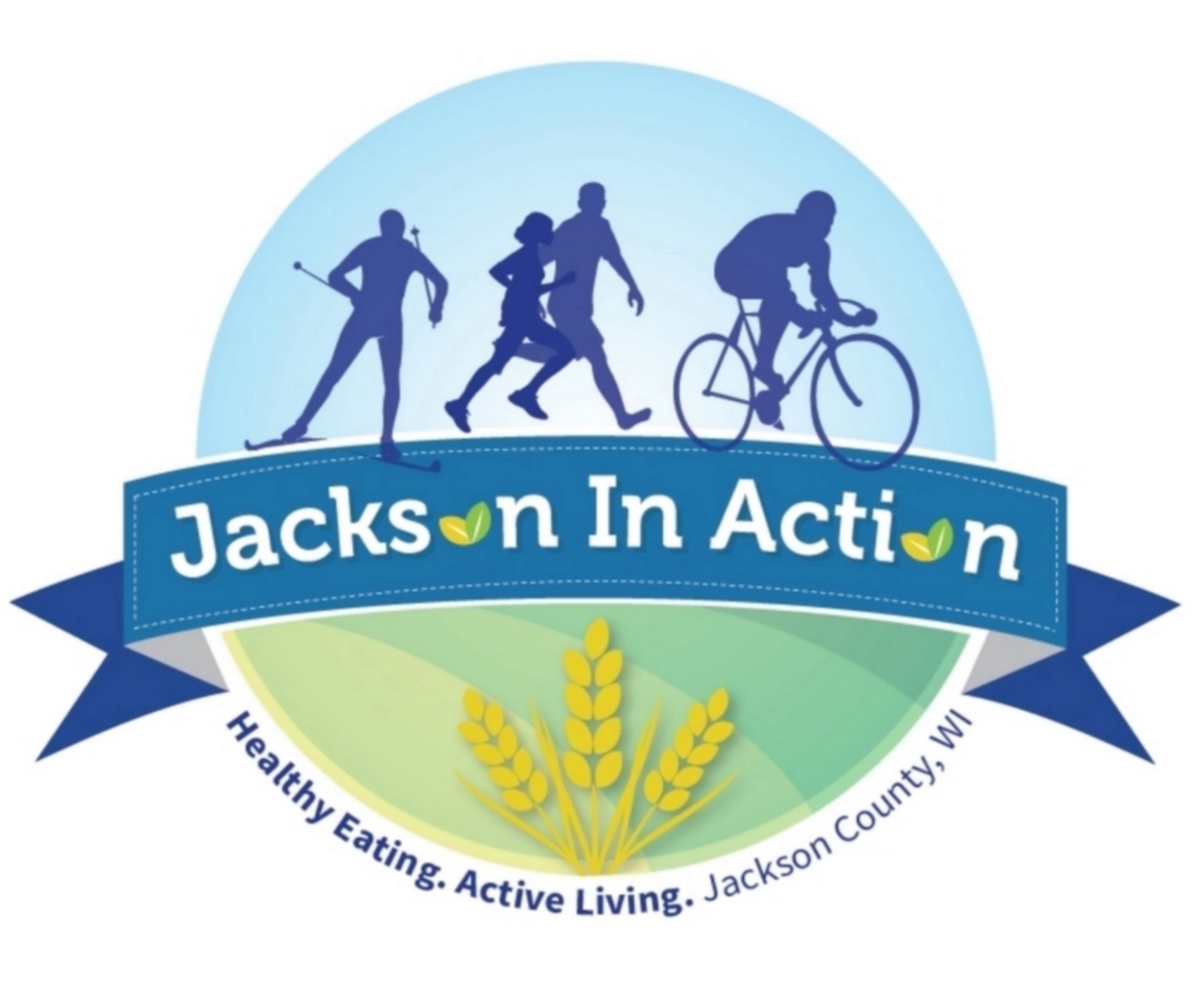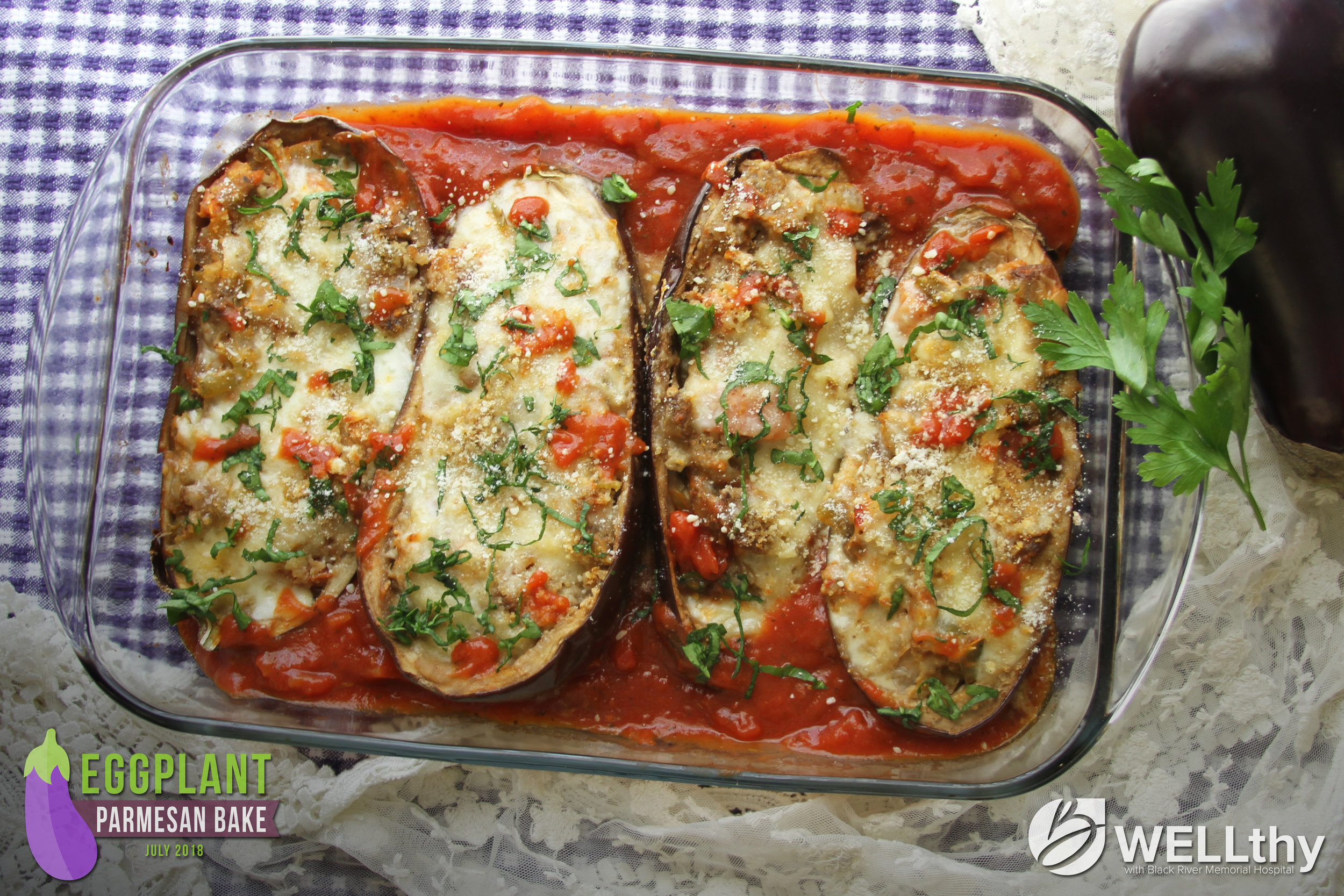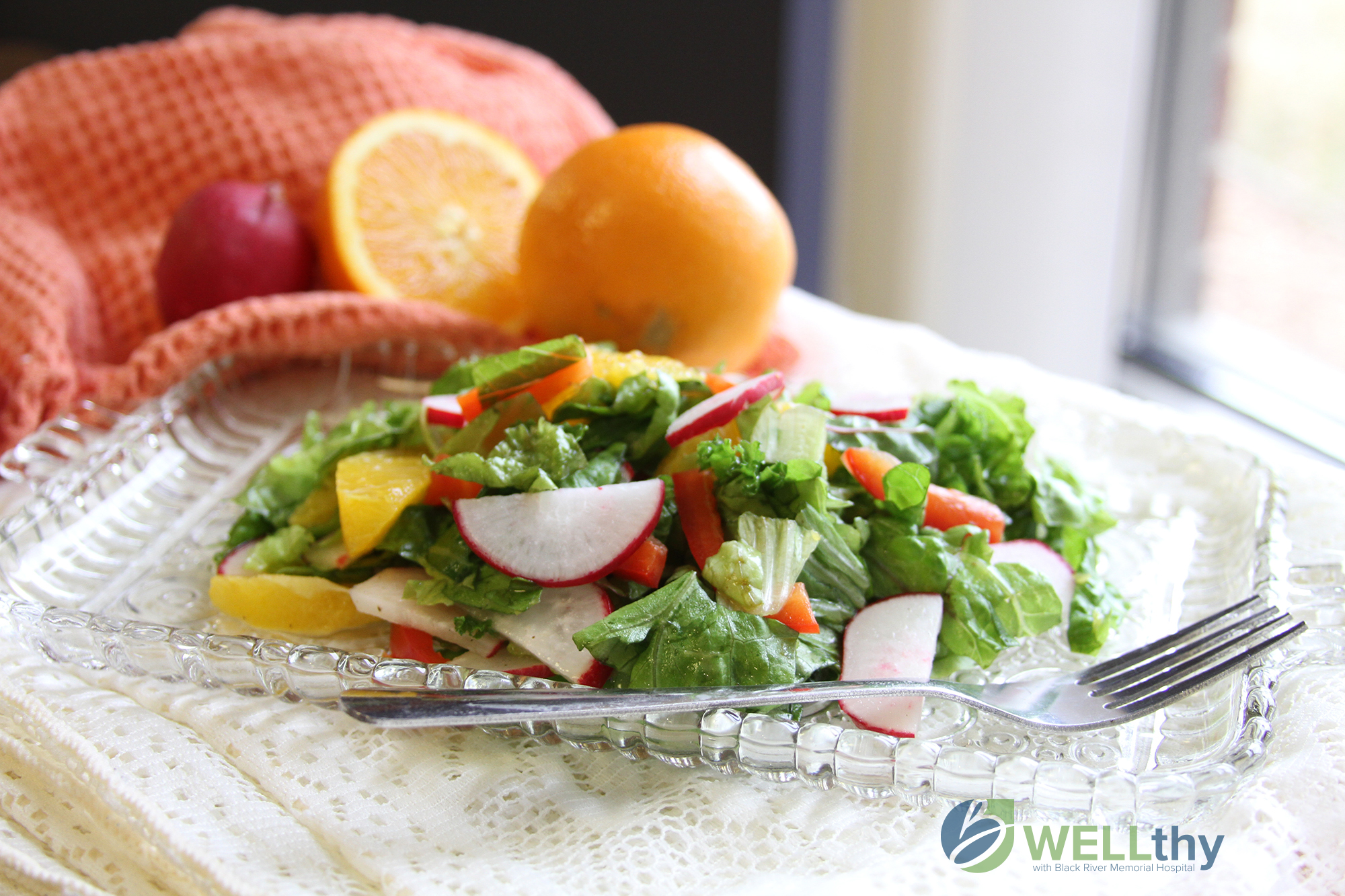By Allison Stoeffler, Jackson In Action Contributor
Humans have been consuming apples since 6500 B.C., and for over 1,500 years, apples have been utilized for their health benefits.
During the 1860s, “eat an apple before bed, and you’ll keep the doctor from earning his bread” started circulating. Fast forward to today, and everyone knows that “an apple a day will keep the doctor away.” However, this light-hearted saying does have some truth to it.
Apples are a nutrient-dense food that offers many health benefits.
What’s In an Apple?
One medium apple provides 18% of the daily value for fiber and 14% of the daily value for Vitamin C based on a 2,000 calorie diet
Phytochemicals
Phytochemials are non-nutrient compounds found in plants. The consumption of the phytochemicals found in apples has been associated with inhibiting the growth of cancer cells in the pancreas, colon, breast, and liver. They can also boost the body’s immune functions, reduce the risk or effects of asthma, and clean your teeth!
Fiber
Fiber is an indigestible form of carbohydrate that is abundant in apples, especially in their peels. Fiber is effective in approving gut health, which helps to prevent diarrhea or constipation and reduces the risk of developing colorectal cancer. In addition to that, the fiber found in apples helps to stabilize blood sugar levels throughout the day by releasing glucose more slowly. Lastly, soluble fiber is associated with heart health because of its ability to lower LDL (“bad cholesterol”) and raise HDL (“good cholesterol”).
Antioxidants
Apples are an antioxidant-rich food, which means they help to reduce inflammation throughout the body. Because of this, frequent consumption of apples has been associated with a reduced risk of developing inflammatory diseases, such as arthritis or gout. These antioxidants also relieve oxidative stress in the brain, helping to prevent neurological diseases like Parkinson’s and Alzheimer’s. Vitamin C, an important antioxidant found in apples, has consistently been shown to strengthen the immune system.
What’s Not In Them?
Apples can keep you full on minimal calories, which reduces the risk of developing obesity, type 2 diabetes, sleep apnea, high blood pressure, and other weight-related issues. They are also free of sodium and fat, so swapping a salty, high fat snack, like potato chips, for an apple can reduce your risk of developing high blood pressure and cardiovascular disease.
Experiment with Different Ways to Eat Apples This Month!
Apple Bake Recipe
Ingredients:
2 large apples, cut into small pieces
¼ cup apple juice
¼ cup water
¼ teaspoon ground cinnamon
Dash of ground nutmeg
¼ teaspoon vanilla extract
Directions:
Combine juice, water and spices. Put apples in a loaf pan; pour liquid over apples. Bake at 350°F for 35 to 45 minutes or microwave on high for 6 to 8 minutes. If microwaving, stir every 3 minutes. Serves 2
Harvest of the Month
Taste the featured recipe on Oct. 17 at Black River Memorial Hospital, More info here
Allison Stoeffler is from the “Apple Capitol” of Minnesota and a senior Nutrition & Dietetics Student at Viterbo University in La Crosse, WI




































































